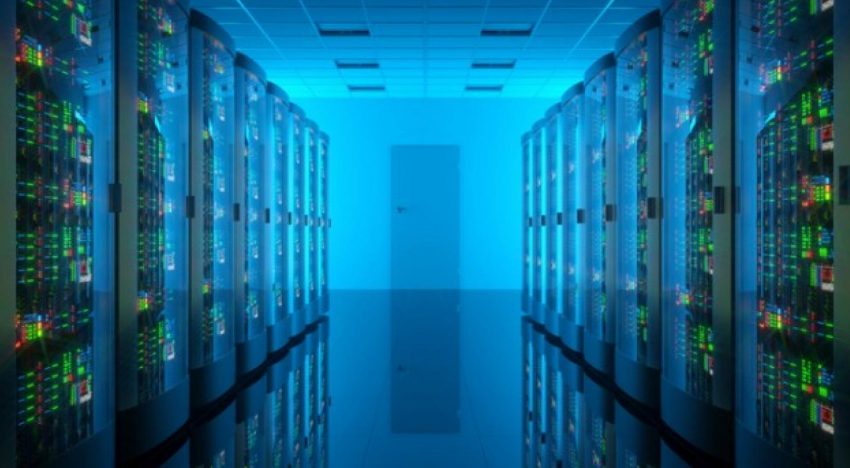The pandemic of COVID-19 exemplified the data centre industry’s reliance on remote management. We had no idea 18 months ago that the term “remote” would become overused as an adjective: remote classes, remote learning, remote sessions, and even remote management. According to Statista research, 17% of US employees worked from home five days or more per week prior to the coronavirus pandemic, increasing to 44% during the pandemic. And, while we are seeing an increase in employees returning to the workplace, the trend toward employees working from home will accelerate, as COVID-19 demonstrated that hybrid work models are not always detrimental to productivity.
Add to this trend the growth of distributed computing in the form of edge computing, and the overall IT infrastructure and software tools required to keep remote operations running smoothly become even more complex.
At the very least, the data centre manager and network operator should consider at least five categories of tools to ensure they have remote management capabilities for all relevant IT infrastructure, including data centres, server rooms, remote offices, edge facilities, and colocation centres.
- Switched Rack PDUs (Power Distribution Units) – enable secure monitoring and control of device power via a network connection. These products incorporate remote configuration and management capabilities, as well as power distribution and energy/environmental monitoring. Switched PDUs provide outlet control for devices that have been locked and for power-up sequencing. Additional features such as Per Outlet Power Sensing enable power monitoring on a per-outlet/per-device basis. Current, voltage, power (kW), apparent power, crest factor, and power factor are all included in the power information for each outlet/device. Power information can be made available per device, group of devices (application), individual PDU, or cabinet using grouping technology. Switched PDUs enable the following:
- Control power to a server or other device with a single command (ON/OFF/REBOOT).
- Reduce in-rush currents through sequenced power-up.
- Shed non-critical loads based on certain events; 1) the UPS is on battery, 2) the temperature level or, 3) the current load.
- Monitor all aspects of the PDU and your power.
2. Environmental sensors – monitor the data centre environment and provide support for remote work and remote management applications. They monitor rack air temperature, humidity, airflow, vibration, smoke, water, and air pressure at the server inlets. Certain PDUs include pre-installed sensors, while others allow for the addition of external sensors via a plug-in connector. Another frequently used approach is to deploy a completely self-contained intelligent sensor management system that can be equipped with a variety of environmental sensors. The following are some of the advantages of integrating environmental sensors with intelligent power distribution units:
- Ensure uptime by monitoring racks for potential hot spots.
- Save on cooling by confidently raising data center temperatures.
- Maintain cabinet security with contact closure sensors.
- Improve data center availability by receiving environment alerts.
- Make strategic decisions on cooling design and containment.
- Set thresholds and alerts to monitor onsite or remote facilities.
3. KVM-over-IP switches – Utilize today’s Ethernet and TCP/IP networks to enable remote access, control, and management of multiple servers, PCs, or workstations at any time and from any location. When data networks fail, having a backup method of remotely accessing hardware is critical to minimising disruptions and downtime. Today’s KVM-over-IP switches offer a plethora of configuration options for ensuring access to critical devices and re-booting them with a single button press.
4. Serial Console Server – Due to the critical nature of networking equipment in comparison to computer infrastructure, ensure that you have out-of-band, Serial Console Server access to your critical network infrastructure. These enable remote control of servers, networking devices, security appliances, rack power distribution units, virtual hosts, and wireless / telecom equipment.
5. DCIM software (Data Center Infrastructure Management) – requires some upfront work in entering and maintaining data about what is in the data centre, but once configured, it can be a powerful tool for your facility, assisting with day-to-day data centre planning, management, and optimization. It enables data centres to monitor power and environmental conditions at the rack, row, and facility level, thereby reducing the risk of downtime through the use of real-time alerts.
The data centre industry is built on a risk-averse philosophy; in other words, facility resilience and uptime are predicated on the ability to withstand any disaster. While natural disasters and pandemics are uncontrollable, we can ensure that we are armed and prepared with the most effective tools to support any remote monitoring and management requirements, regardless of what is happening in our work environment.




